Home>Garden Essentials>Garden Plants>1 Tsp Fresh Thyme Equals How Much Dried Thyme
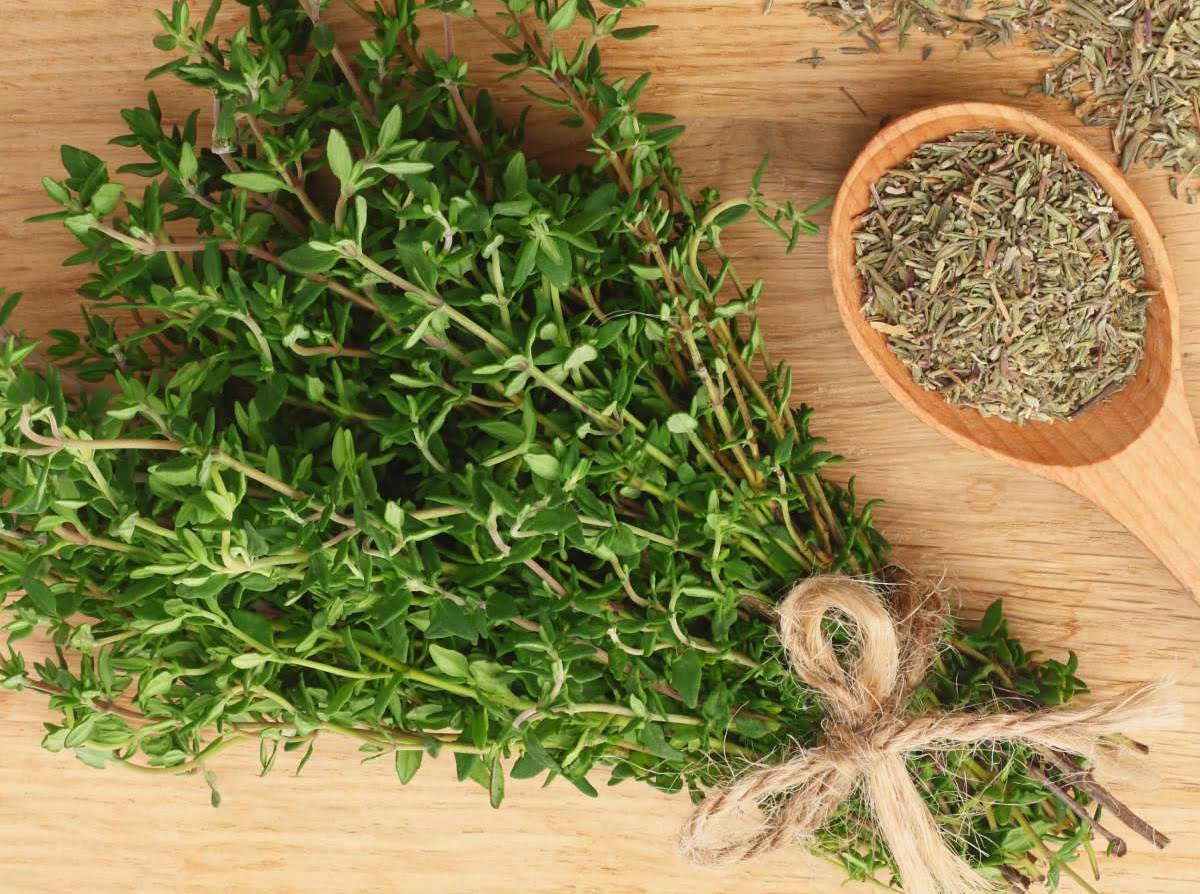

Garden Plants
1 Tsp Fresh Thyme Equals How Much Dried Thyme
Modified: January 9, 2024
Discover how much dried thyme is equivalent to 1 tsp of fresh thyme with our helpful guide. Learn about the best plants to grow and use in your cooking endeavors.
(Many of the links in this article redirect to a specific reviewed product. Your purchase of these products through affiliate links helps to generate commission for Storables.com, at no extra cost. Learn more)
Introduction
Welcome to the world of thyme, an incredibly versatile and aromatic herb that adds a delightful flavor to a wide range of dishes. Whether you’re a seasoned chef or a passionate home cook, understanding the differences between fresh thyme and dried thyme is essential. Not only can it affect the taste and texture of your culinary creations, but it can also determine the proper conversion between the two forms.
Thyme is a member of the mint family and is native to the Mediterranean region. It has been used for centuries in cooking, medicine, and even as a symbol of courage. With its small, green leaves and delightful scent, thyme adds a distinct flavor profile to soups, stews, marinades, and more.
When it comes to choosing between fresh thyme and dried thyme, both options have their own unique qualities. Fresh thyme offers a vibrant and strong aroma, while dried thyme provides a more concentrated flavor. Understanding the differences between the two can help you make the best choice for your culinary needs.
In this article, we will delve into the world of thyme and explore the differences between fresh thyme and dried thyme. We will also discuss how to convert measurements from fresh thyme to dried thyme and provide some useful tips for incorporating thyme into your cooking. So, let’s dive in and discover the wonderful world of thyme!
Key Takeaways:
- Fresh thyme offers vibrant, robust flavor, perfect for salads and garnishes. Dried thyme provides concentrated, intense flavor, ideal for soups and stews. Convert measurements and experiment with flavor combinations to elevate your dishes.
- Embrace the enchantment of thyme in your cooking. Whether fresh or dried, thyme adds tantalizing flavors and delightful aromas to your culinary creations. Experiment, explore, and let thyme elevate your dishes to new heights of deliciousness!
Understanding Thyme
Thyme is a small perennial herb with woody stems and tiny, oval-shaped leaves. It belongs to the mint family, along with other popular herbs like basil, rosemary, and oregano. Thyme plants are typically low-growing and have a bushy appearance. They can be grown easily in gardens or even in containers, making them a popular choice for home chefs.
There are several varieties of thyme, with some of the most common being English thyme, lemon thyme, and French thyme. Each variety has its own distinct flavor profile, ranging from earthy and slightly minty to citrusy and floral. Depending on the recipe, you can choose the variety of thyme that best complements the other ingredients.
Besides its culinary uses, thyme has also been used for medicinal purposes throughout history. It is believed to have antimicrobial and antioxidant properties and has been used to alleviate respiratory issues, aid digestion, and promote overall well-being. Thyme leaves can be brewed into a tea or added to topical treatments such as creams or oils.
Thyme is known for its strong aroma and flavor, which is mainly due to the presence of essential oils, particularly thymol. These oils give thyme its distinctive scent and taste. The leaves can be used both fresh and dried, depending on personal preference and the recipe requirements. Understanding the characteristics of both fresh thyme and dried thyme will allow you to choose the right form for your culinary creations.
Now that we have a better understanding of thyme and its properties, let’s dive into the differences between using fresh thyme and dried thyme in your cooking.
Fresh Thyme Vs. Dried Thyme
When it comes to choosing between fresh thyme and dried thyme, there are a few key differences to consider. The main distinction lies in their flavor and intensity.
Fresh thyme offers a vibrant and robust flavor profile. It has a slightly sweet and floral taste, with hints of lemon and earthiness. The essential oils in fresh thyme are more potent, contributing to its strong aroma. The leaves are tender and green, perfect for garnishing dishes or adding to salads.
Dried thyme, on the other hand, has a more concentrated flavor. The drying process reduces the water content in the leaves, intensifying the flavors and creating a more pronounced herbal taste. Dried thyme is commonly used in soups, stews, and sauces where the flavor needs to be infused over a longer cooking time.
When using dried thyme, it’s important to remember that a little goes a long way. The flavor is more pronounced, so start with a small amount and adjust to taste. It’s always easier to add more thyme if needed than to overpower a dish with too much of it.
Another consideration when choosing between fresh and dried thyme is the availability and convenience. Fresh thyme can be easily found in grocery stores, farmers’ markets, or even grown in your own herb garden. It’s a great option if you prefer the vibrant flavor of fresh herbs and have easy access to them.
Dried thyme, on the other hand, has a longer shelf life and is readily available in most spice aisles. It offers convenience and allows you to enjoy thyme’s flavor even when fresh thyme is not readily accessible. Having dried thyme on hand is particularly useful for those times when you need a quick and easy addition to your dishes.
Ultimately, the choice between fresh thyme and dried thyme depends on personal preference, the dish you’re preparing, and the availability of the herb. Now that we understand the differences between the two forms of thyme, let’s explore how to convert fresh thyme to dried thyme in your recipes.
When substituting dried thyme for fresh thyme, use 1/3 of the amount called for in the recipe. So, 1 teaspoon of fresh thyme equals about 1/3 teaspoon of dried thyme.
Converting Fresh Thyme to Dried Thyme
Converting measurements from fresh thyme to dried thyme is crucial when following a recipe that specifies one form over the other. While the exact conversion may vary depending on factors such as the recipe and personal taste preferences, here are some general guidelines to help you make the conversion:
1. Fresh to Dried Conversion: As dried thyme is more potent than fresh thyme, you will need less of it in your recipes. A common rule of thumb is to use one-third of the amount of dried thyme if the recipe calls for fresh thyme. For example, if a recipe calls for 1 tablespoon of fresh thyme, you would use 1 teaspoon of dried thyme instead.
2. Adjust to Taste: Remember that the conversion ratio is a general guideline, and you may need to adjust it based on your personal preference. If you prefer a stronger thyme flavor, you can slightly increase the amount of dried thyme in your recipe. Conversely, if you want a milder taste, you can reduce the amount of dried thyme used.
3. Consider Impact on Texture: It’s important to note that dried thyme has a different texture than fresh thyme. The leaves of dried thyme are more brittle and may not provide the same visual appeal as fresh thyme. If the texture is important in your dish, you may want to consider using fresh thyme or using a blend of fresh and dried thyme to balance flavor and texture.
4. Time to Add Thyme: Keep in mind that dried thyme takes longer to release its flavor compared to fresh thyme. If you’re using dried thyme in a dish that requires a longer cooking time, add it earlier in the cooking process to allow the flavors to fully develop. On the other hand, if you’re using dried thyme in a quick-cooking dish, you can add it towards the end to preserve its essence.
By following these conversion guidelines and considering the impact on flavor, texture, and cooking time, you can seamlessly switch between fresh thyme and dried thyme in your recipes. Now that we understand how to convert measurements, let’s explore some tips for using thyme in your cooking.
Tips for Using Thyme in Cooking
Thyme is a versatile herb that can enhance the flavor profile of a wide range of dishes. Here are some tips to help you make the most of this aromatic herb in your cooking:
1. Start with Fresh or Dried: Decide whether you want to use fresh thyme or dried thyme based on the flavor and convenience you desire. Fresh thyme is perfect for adding a vibrant and aromatic touch to salads, marinades, and garnishes. Dried thyme, on the other hand, works well in soups, stews, and slow-cooked dishes.
2. Proper Storage: Whether you have fresh thyme or dried thyme, proper storage is essential to retain its flavor and aroma. Fresh thyme should be stored in the refrigerator, wrapped in a slightly damp paper towel, or placed in a glass of water like a bouquet. Dried thyme should be stored in an airtight container away from light and moisture.
3. Flavor Combinations: Thyme pairs well with a variety of other herbs and flavors. It complements rosemary, sage, and oregano in Mediterranean dishes. It adds depth to roasted meats like chicken, lamb, and pork. Thyme also works well with lemon, garlic, and onions to create a savory and aromatic base for soups and sauces.
4. Proper Timing: Depending on the dish, it’s important to add thyme at the right time to maximize its flavor. For slow-cooked dishes, add thyme early in the cooking process to allow its flavors to infuse. For quick-cooking recipes, add thyme towards the end to preserve its delicate and fresh flavor.
5. Balancing Act: Remember that thyme is a potent herb, so it’s crucial to strike the right balance in your recipes. Too much thyme can overpower the other flavors in a dish. Start with a small amount and adjust to taste, adding more if needed.
6. Experiment and Explore: Don’t be afraid to experiment with thyme in your cooking. Try adding it to roasted vegetables, homemade bread, or even infused oils and vinegars. Thyme can also be used in sweet dishes like desserts and fruit salads to add a unique twist.
By following these tips, you can harness the full potential of thyme and elevate the flavor of your culinary creations. So go ahead, get creative, and let thyme take your dishes to new heights of deliciousness.
Read more: How To Clean Fresh Thyme
Conclusion
Thyme is a culinary powerhouse, providing tantalizing flavors and delightful aromas to a wide range of dishes. Whether you choose fresh thyme or dried thyme, understanding the differences between the two forms is essential for creating delicious meals.
Fresh thyme offers a vibrant and robust flavor, perfect for adding a touch of freshness to salads, marinades, and garnishes. On the other hand, dried thyme provides a more concentrated and intense flavor, making it ideal for soups, stews, and slow-cooked dishes.
Converting measurements from fresh thyme to dried thyme is simple, with a general guideline of using one-third of the amount of dried thyme compared to fresh thyme. However, personal taste preference and the specific recipe should be considered when making the conversion.
When using thyme in your cooking, remember to store it properly to preserve its flavor and aroma. Experiment with different flavor combinations, timing, and balancing the herb’s potency to create dishes that truly stand out.
Thyme is not only a versatile herb in the kitchen but also offers potential health benefits with its antimicrobial and antioxidant properties. So not only can you enhance the flavors of your meals, but you can also add a touch of wellness to your recipes.
Now that you have a better understanding of thyme and its uses, it’s time to explore the culinary possibilities. Whether you’re a seasoned chef or a passionate home cook, incorporating thyme into your dishes will undoubtedly elevate their taste profiles and bring a touch of aromatic delight to your dining table.
So go ahead, embrace the wonders of thyme, and let your culinary creativity flourish! From comforting soups to hearty roasts, thyme will be your trusted companion in the kitchen, enhancing the flavors and inviting a symphony of aromas into your cooking.
Embrace the enchantment of thyme, and enjoy the tantalizing flavors it brings to your culinary adventures. With its versatility and distinct essence, thyme is sure to become an indispensable herb in your kitchen.
Frequently Asked Questions about 1 Tsp Fresh Thyme Equals How Much Dried Thyme
Was this page helpful?
At Storables.com, we guarantee accurate and reliable information. Our content, validated by Expert Board Contributors, is crafted following stringent Editorial Policies. We're committed to providing you with well-researched, expert-backed insights for all your informational needs.
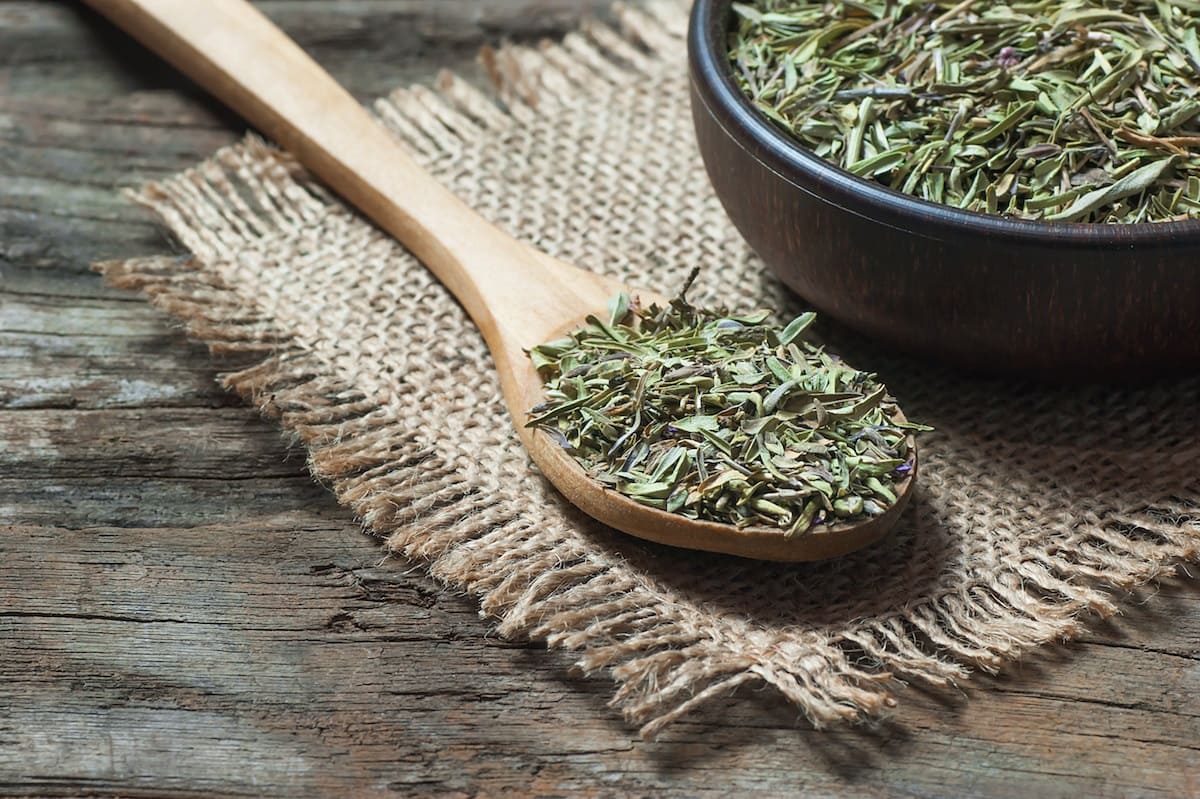
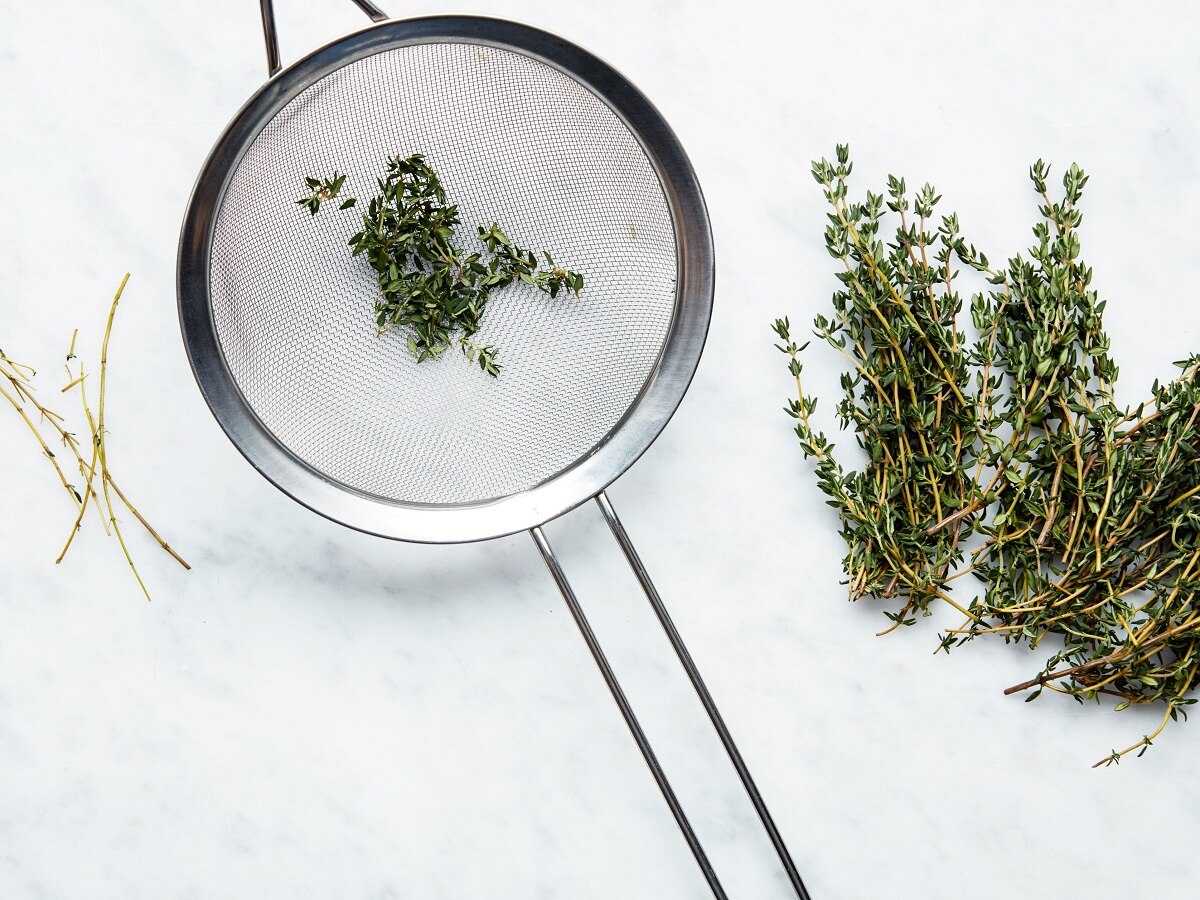
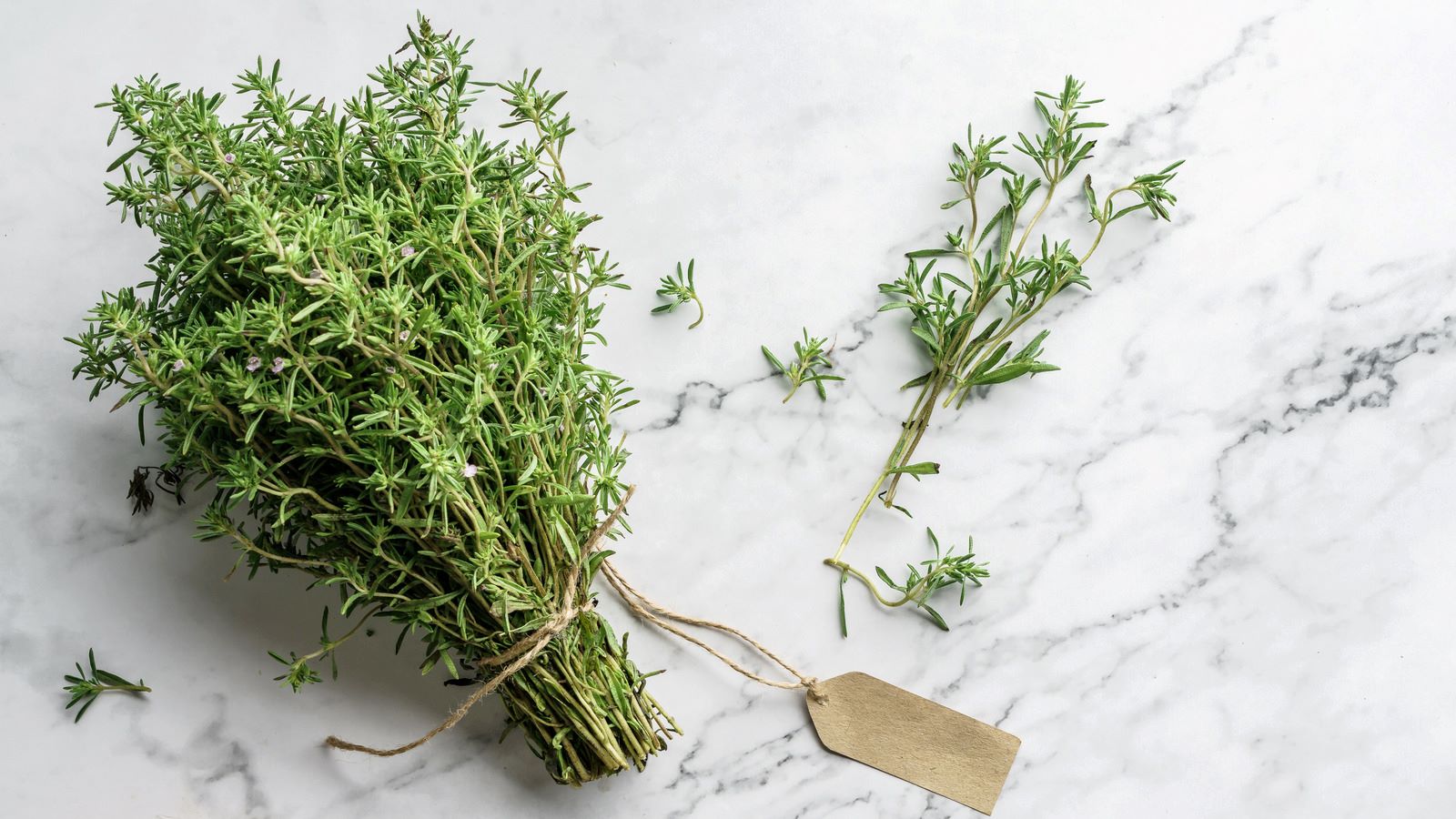
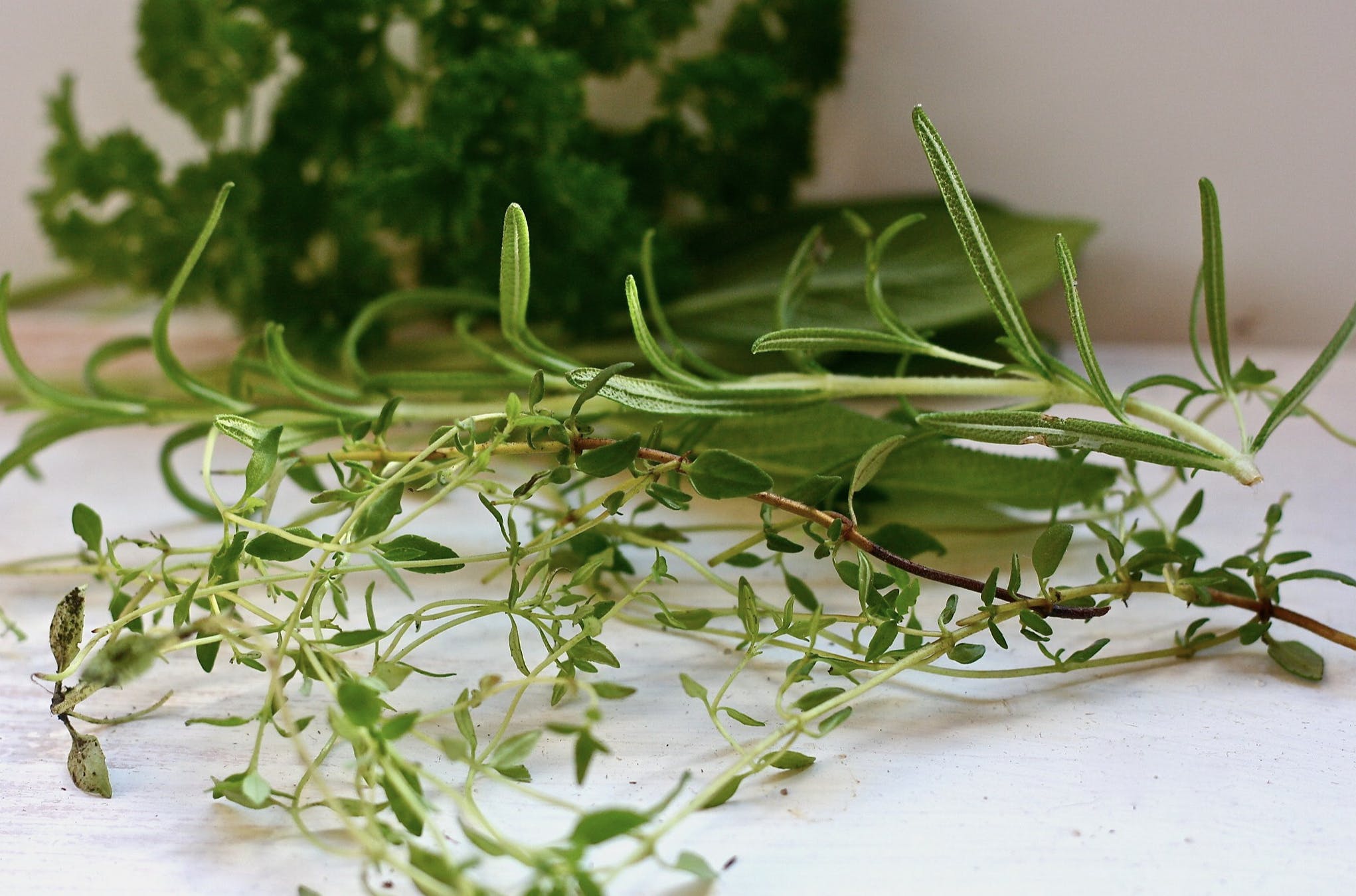
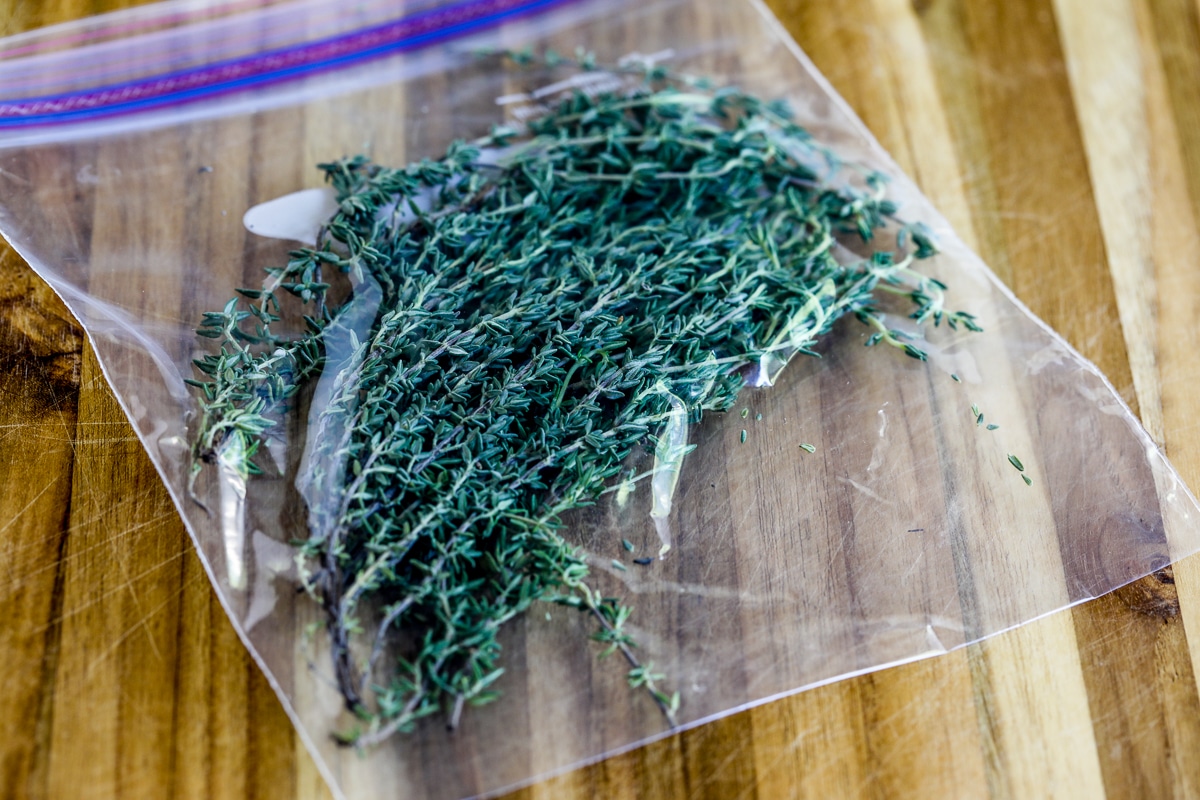
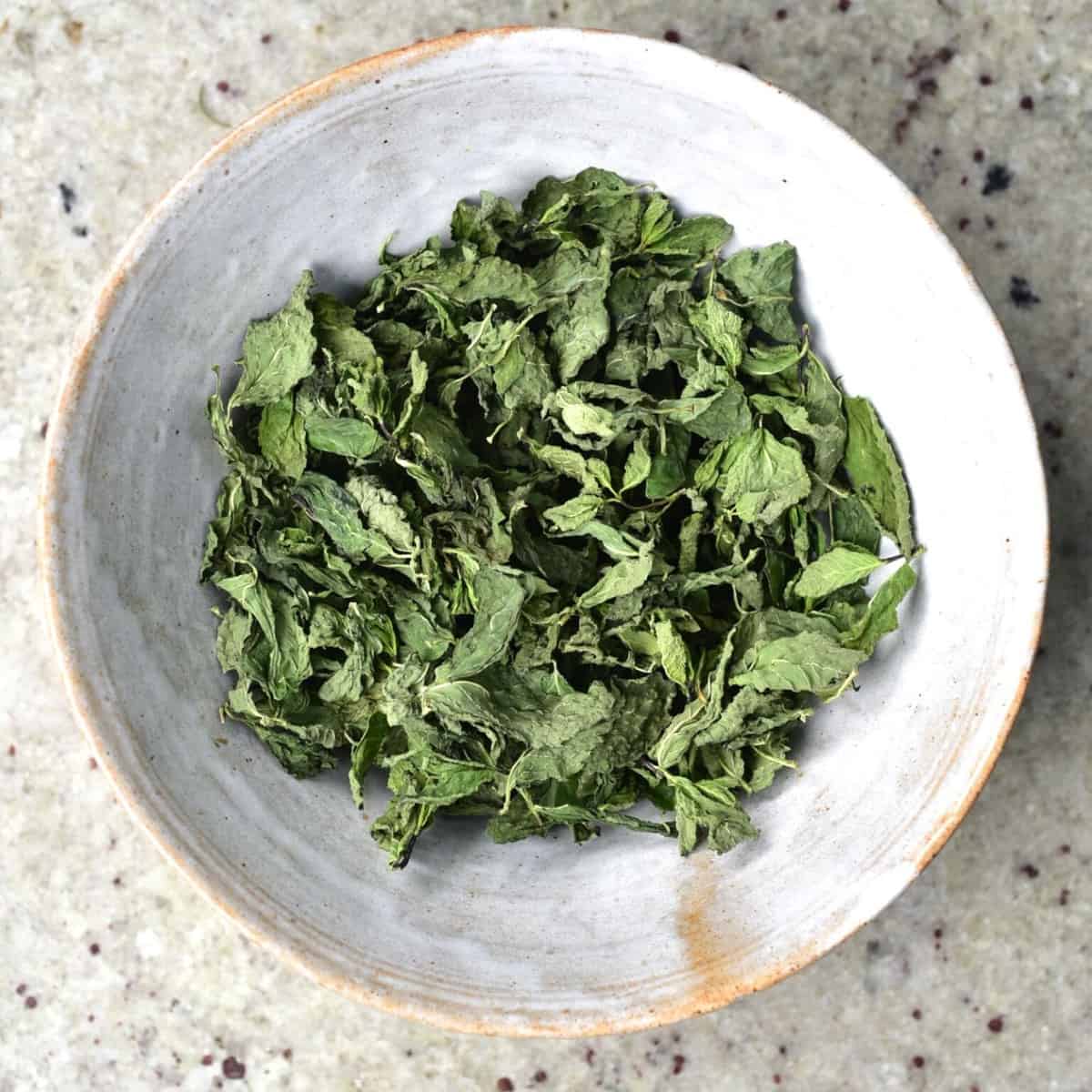
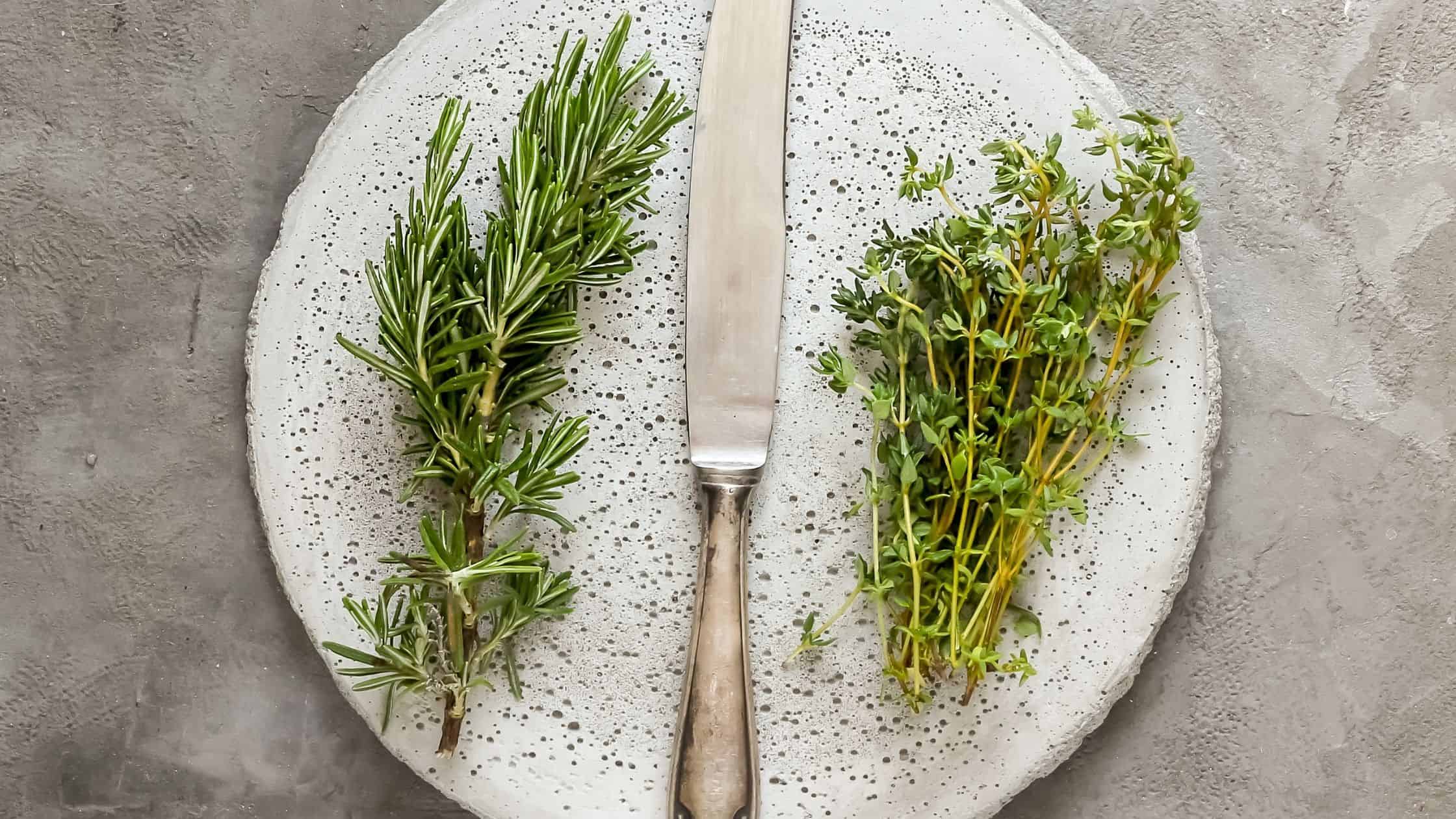
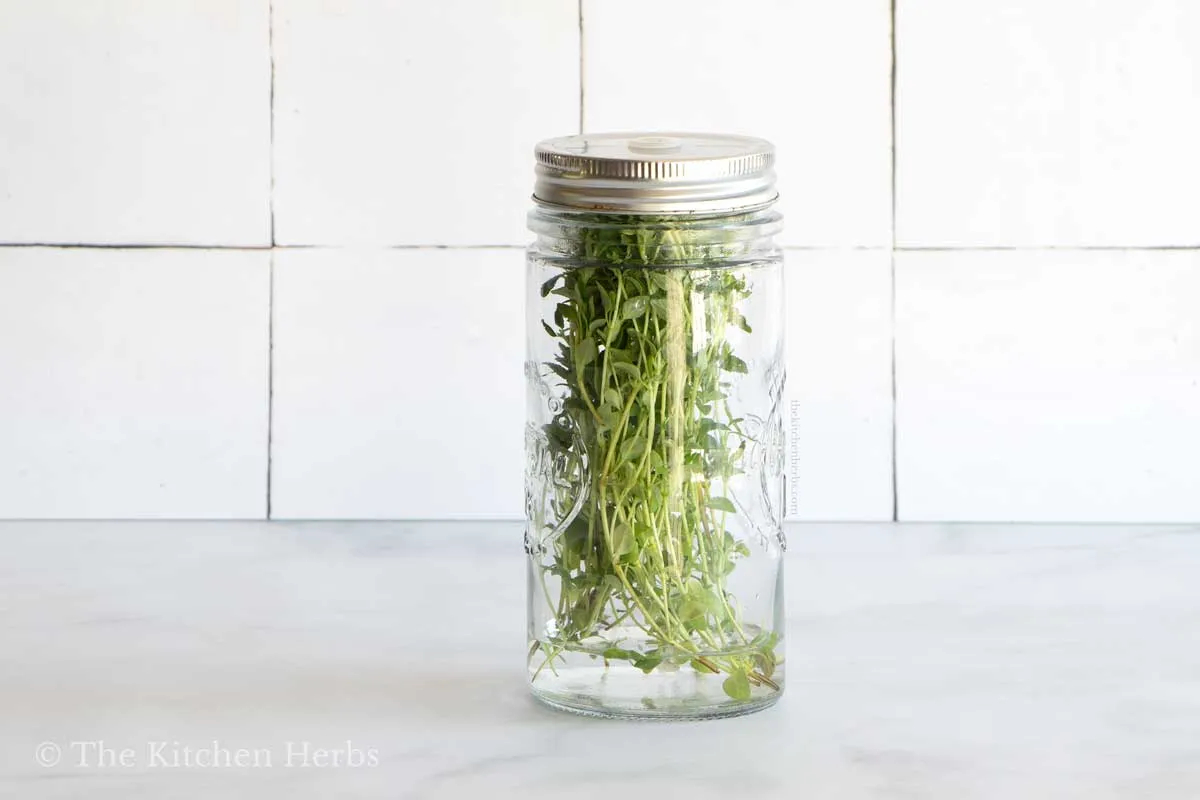
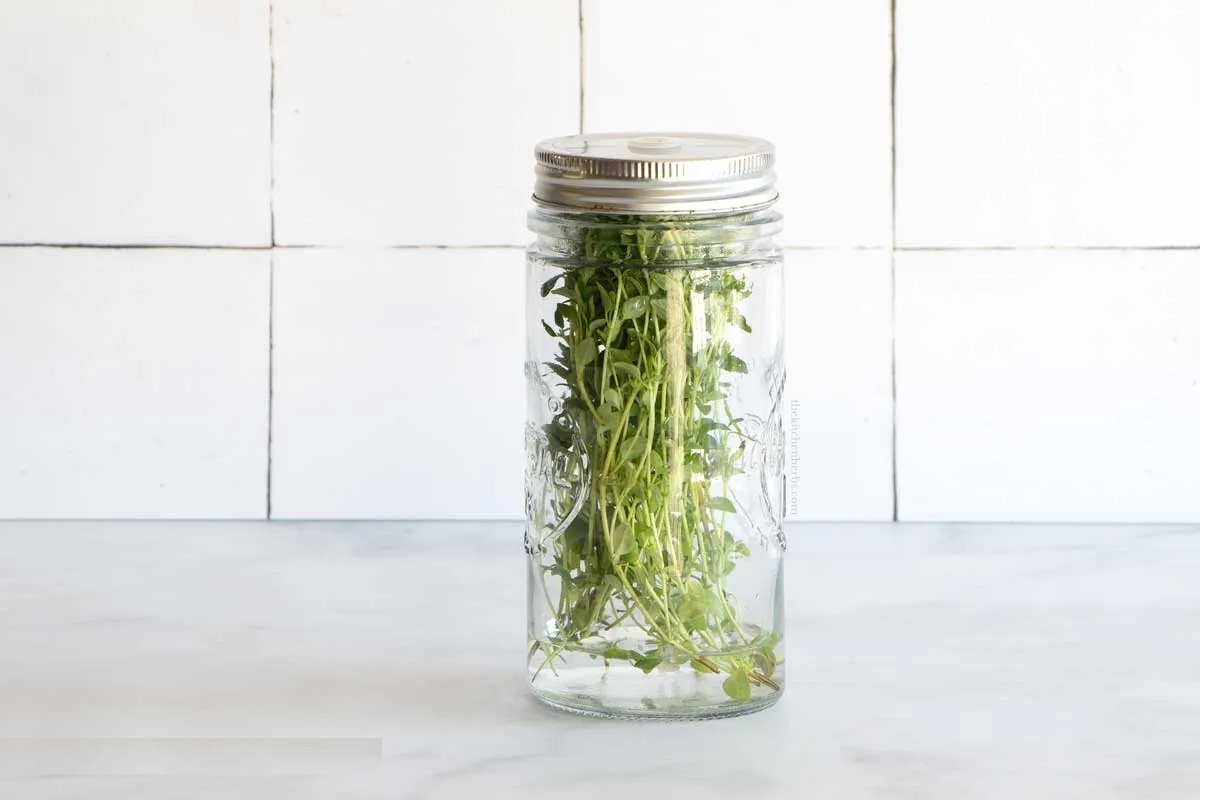
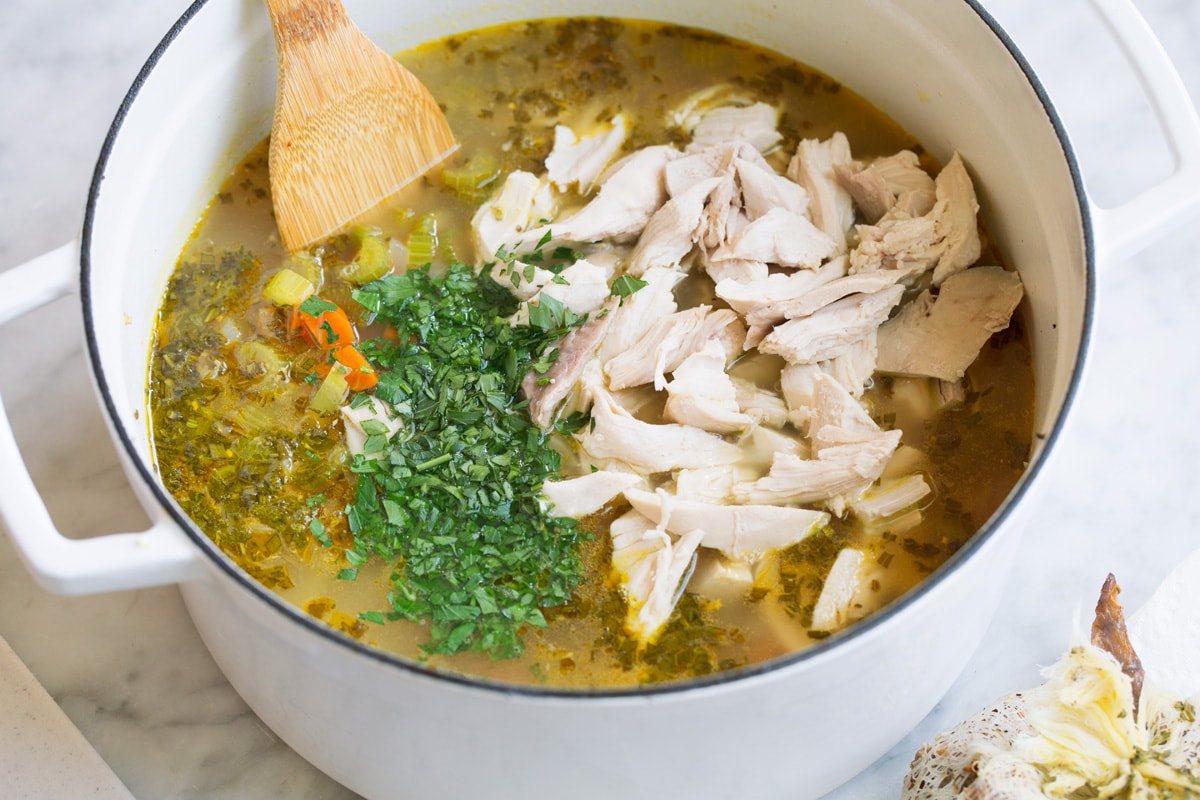
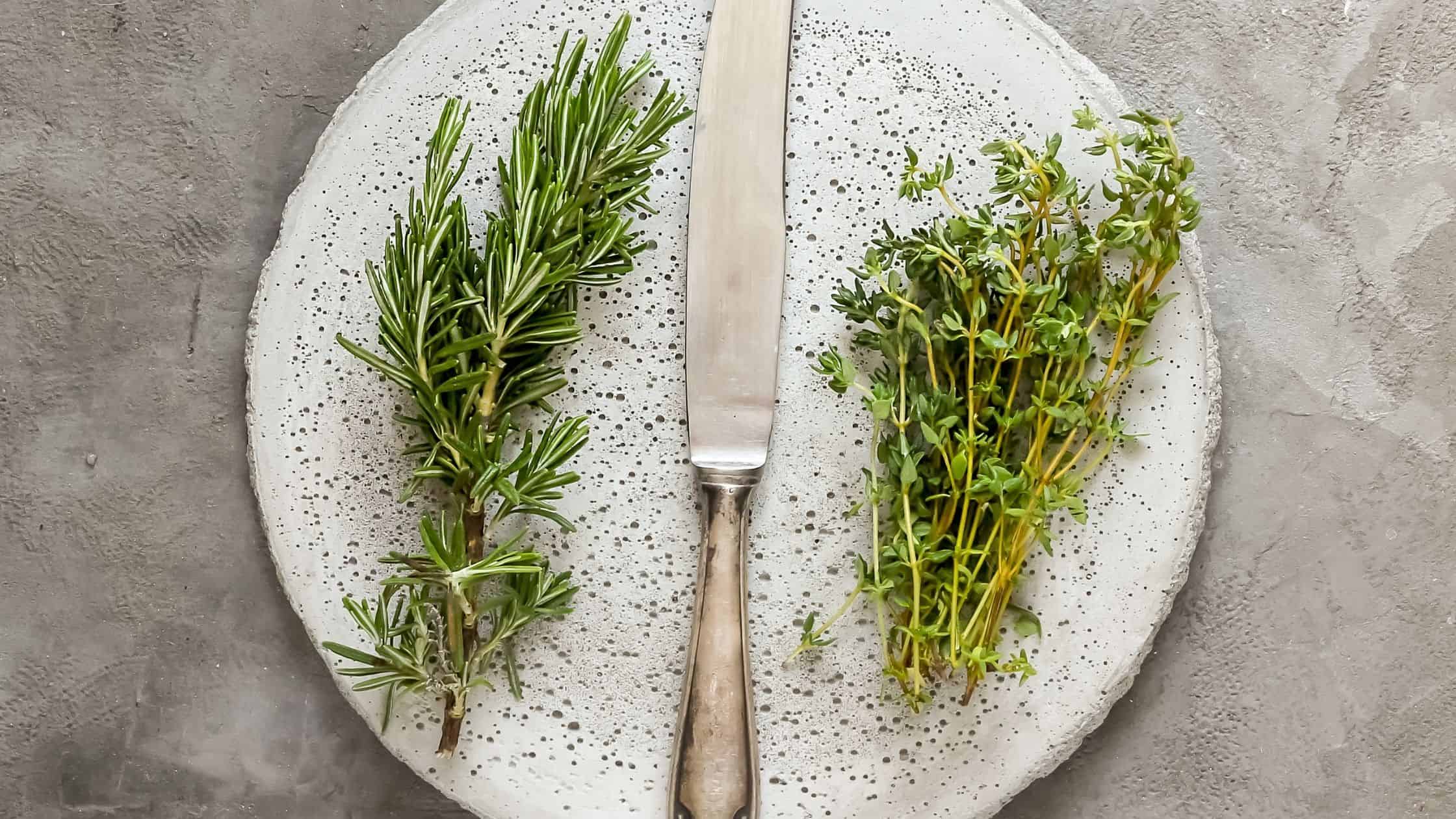
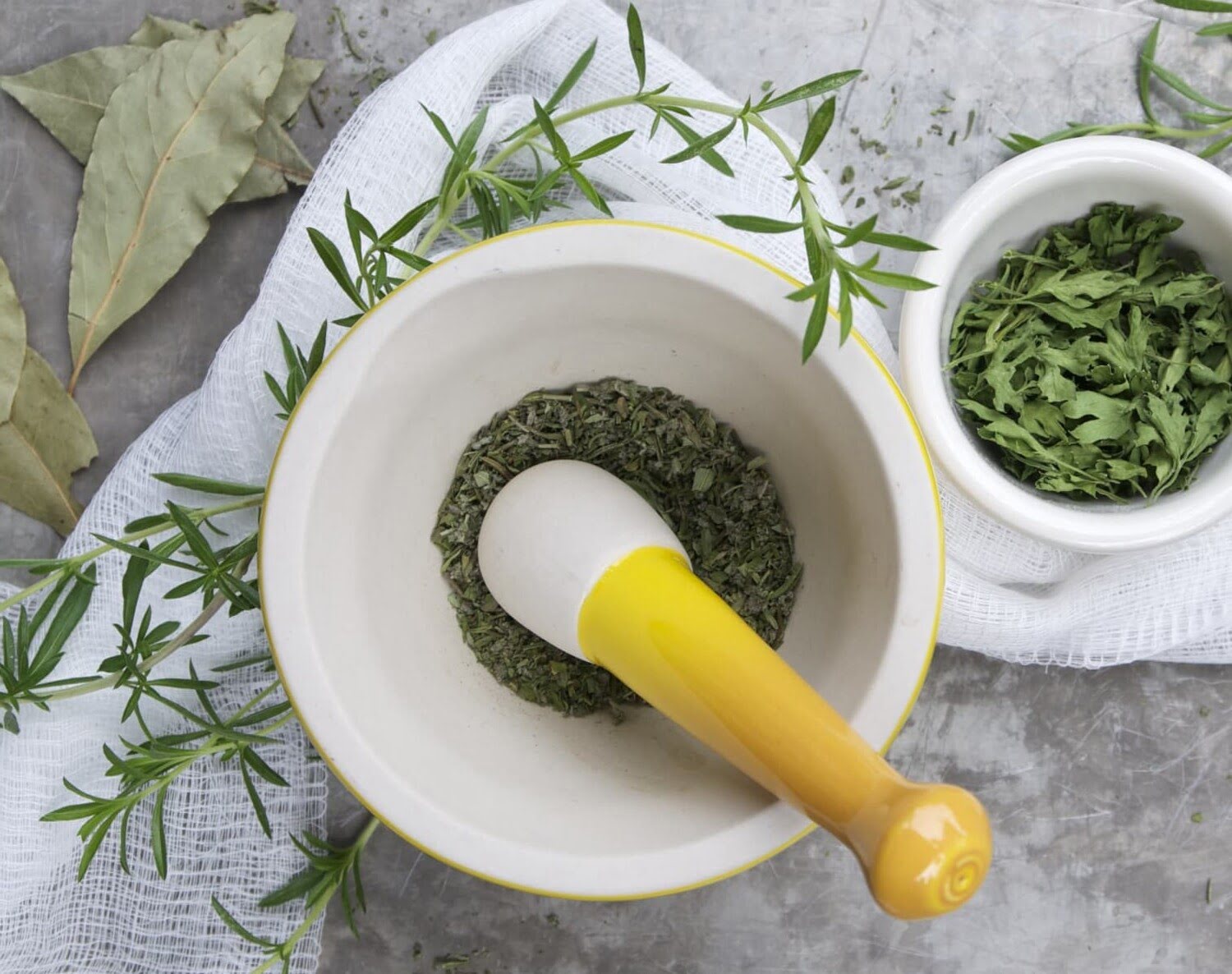
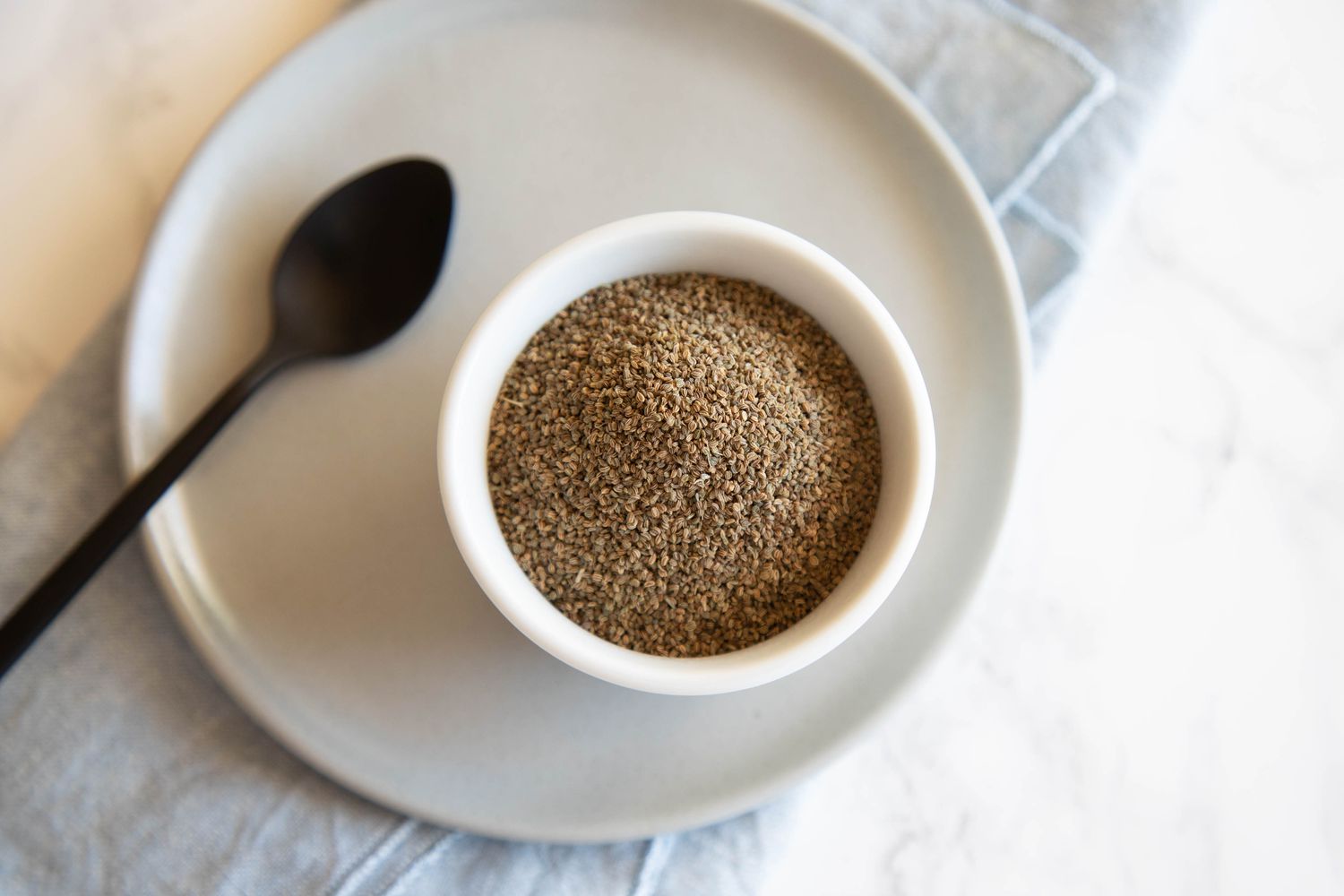
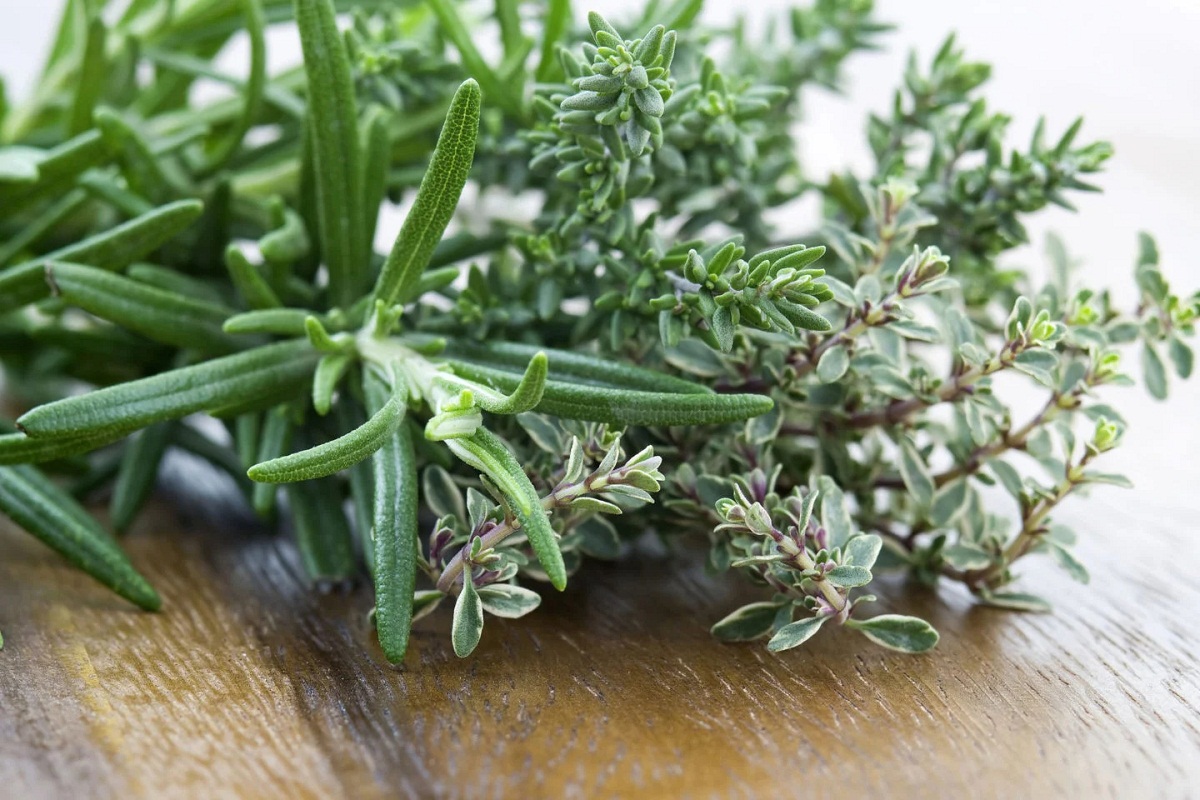

0 thoughts on “1 Tsp Fresh Thyme Equals How Much Dried Thyme”